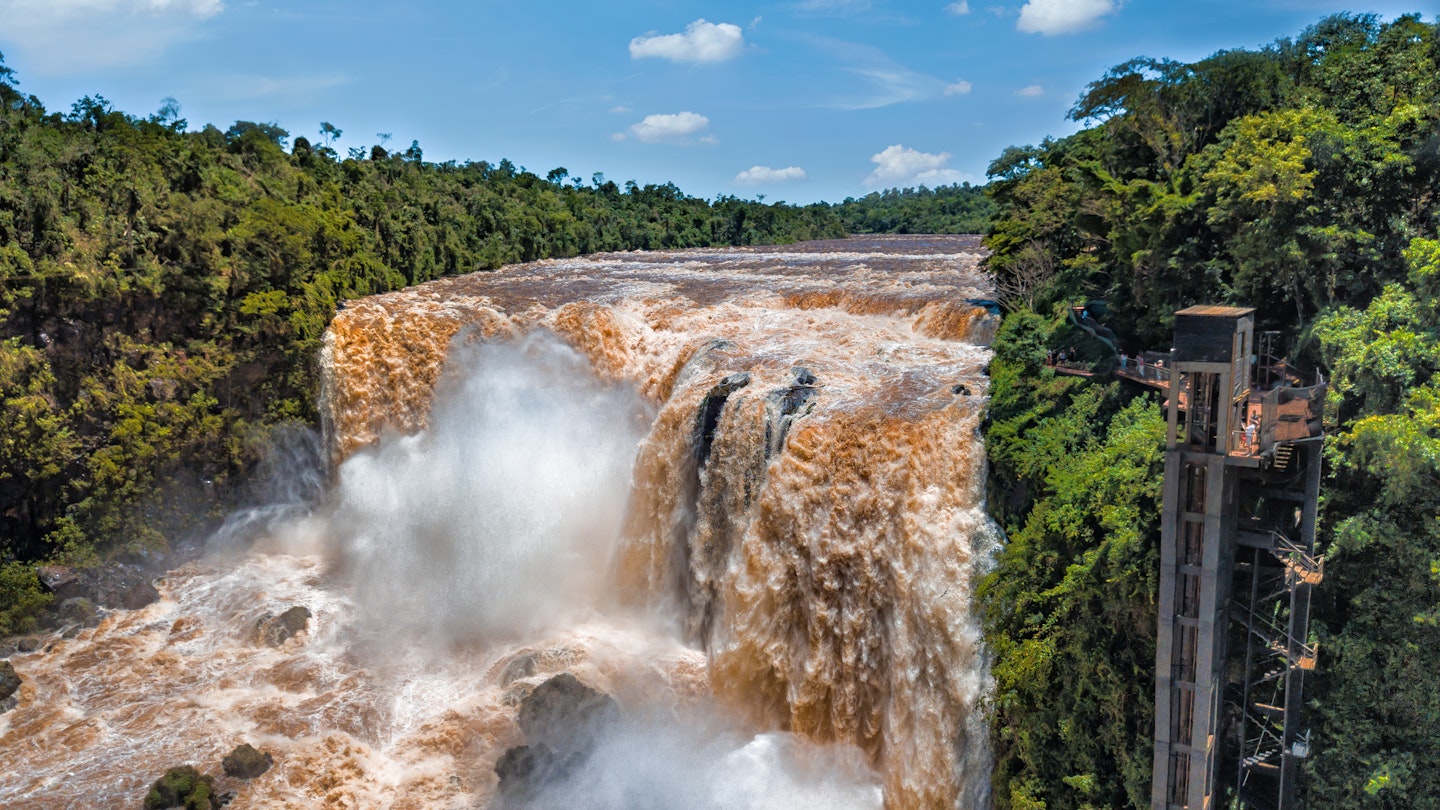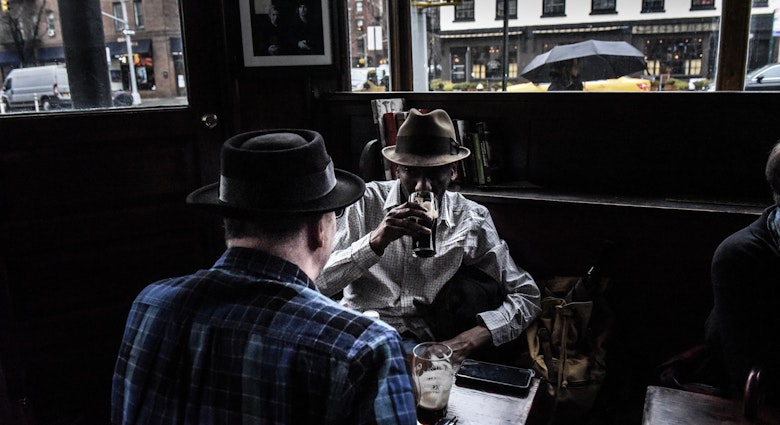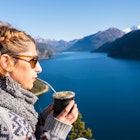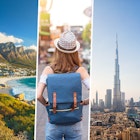Surrounded by rainforest, the Gran Chaco plains and broad, meandering rivers, Paraguay lies right in the middle of South America. From its natural landscapes and architecture to Guaraní indigenous culture and tasty street food, it feels emblematic of its continent, a melting pot of indigenous heritage and colonial history. Few Western tourists visit, but those that do will find an authentic nation of understated beauty and complex, fascinating culture.

Asunción
Cradled by a bend in the meandering Paraguay River, central Asunción is an intimate, walkable district of cobbled streets, low-slung colonial architecture, and little plazas basking in the dappled shade of the trees. The outskirts have been paved over with glitzy malls, capitalizing on the country’s reputation for cheap shopping.
Café Consulado (O’Leary between Palma and Presidente Franco) is a trendy, LGBT-friendly cafe with great food, Paraguayan craft beer and local art. Perfect for a coffee after wandering through Plaza de la Democracia and Plaza Uruguaya.
From Asunción, take an overnight or day trip to the surrounding towns. San Bernardino, on the shores of Lake Ypacaraí, is a luxuriant lakeside retreat of verdant parks and squares, where rich Asunceños decamp to spend long weekends. Nearby Itaugua is famous for ñandutí, Paraguay’s emblematic spiderweb lace. Keep an eye out for intricate mandalas blooming with color and delicate white shawls on sale at artisans’ stands.
Encarnación
This cheery river beach city is popular with locals in the summer. Sun yourself on San José beach, which faces across the Paraná river to Posadas in Argentina.
A bus ride away lies the Most Holy Trinity of Paraná and Jesús de Tavarangue Jesuit ruins. These former Jesuit missions are Unesco world heritage sites, monuments to the role the Jesuit order played in the history of Paraguay, Argentina, Brazil and Bolivia. Crumbling and covered by a fine patina of lichen, these secluded, gloriously atmospheric ruins comprise the remains of the settlements, including an old church.
San Rafael Park is a reserve of pristine Atlantic forest a couple of hours from Encarnación and a brilliant place to disconnect. You can stay in wooden lodges administered by environmental NGO PROCOSARA if you arrange it in advance. Stroll along the short, well-marked woodland paths and cool off afterward with a swim in a cool lake fringed by forest.
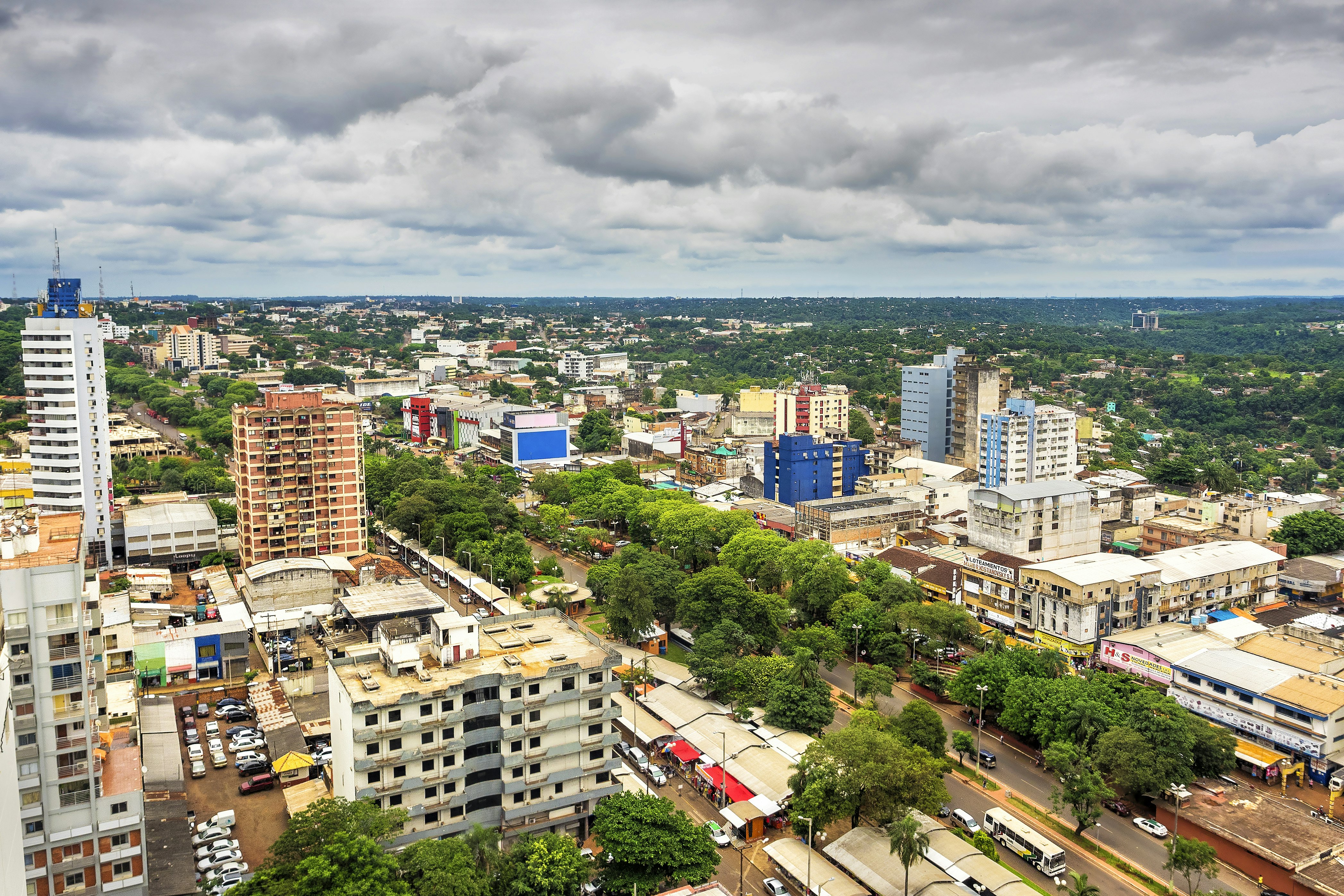
Ciudad del Este
This city near the Iguazú Falls is popular among Argentines and Brazilians looking to pop across the border for some retail therapy.
If shopping isn’t your thing, visit the Itaipú Dam. This vast binational hydroelectric dam between Paraguay and Brazil is one of the world’s largest generators of hydroelectric power. Marvel at the sheer scale of this engineering project on a guided tour.
Paraguay’s best kept secret might be Saltos del Monday (Monday Falls) and surrounding park. The Iguazú Falls steal their thunder, but these lush woodland cascades deserve a visit in their own right. Unlike the hyper-developed tourist paradise of Iguazú, Monday hasn’t made its mark on the international tourist trail yet, so you can explore the forest in peace.
The Gran Chaco
The Gran Chaco is a huge plain spanning central and northern Paraguay. Dotted with just a few small towns, this wilderness is a place to contemplate the landscape and spot native wildlife. The little towns of Loma Plata and Filadelfia make good bases. There are buses from Asunción, but given the sheer remoteness of the area, bringing your own vehicle is a good idea. If you’re into birdwatching, arrange a visit to Chaco Lodge, which looks out over a lake of flamingos. Check conditions before you go: the birds migrate, and access depends on the weather.

What to eat and drink
Paraguayan cuisine is famously hearty, with plenty of cheese, cassava and meat. Chipa is a chewy little cheese bread often made with cassava starch. You’ll find vendors enthusiastically hawking it everywhere from street corners to public buses. It’s so filling that it appears to defy the laws of physics, which makes it great for long journeys. A delicious variant is chipa kavure, which is wrapped around a stick and grilled.
Sopa Paraguaya translates to “Paraguayan soup”, but don’t let the name fool you: it’s actually a cheesy baked dish made with corn and onions. Either way, it’s mouth-watering. If you’re a strict vegetarian, be aware that these dishes might contain animal fat. If you’re vegan, do your research and be prepared to cook.
Yerba Mate was originally drunk by the Guaraní indigenous people, so it’s no surprise Paraguayans love it. To make mate cocido, yerba (an herb) is poured onto smoking coals and burnt with sugar, resulting in a smoky, caramel-flavored tea. If the stifling heat has you craving something cooler, tereré is a cold mate, sometimes made with citrus juice. You’re more likely to be offered it by friendly hostel staff than find it on a menu at a cafe.
Pakuri (Eusebio Lillo 902) is an excellent Paraguayan fine dining restaurant in the well-heeled, leafy Asunción district of Villa Morra.
You might also like: Can’t-miss South American cuisines
Before you go
Visas
Citizens of the US, Canada, Australia, New Zealand, and Taiwan need a tourist visa to go to Paraguay. If you’re flying to Pettirossi airport, you can get the visa on arrival. Otherwise, head to your nearest Paraguayan consulate before you travel. Citizens of many Asian, Middle Eastern and African countries also need a visa – check with the consulate for details.
You might also like: Tips for solo travelers heading to South America
